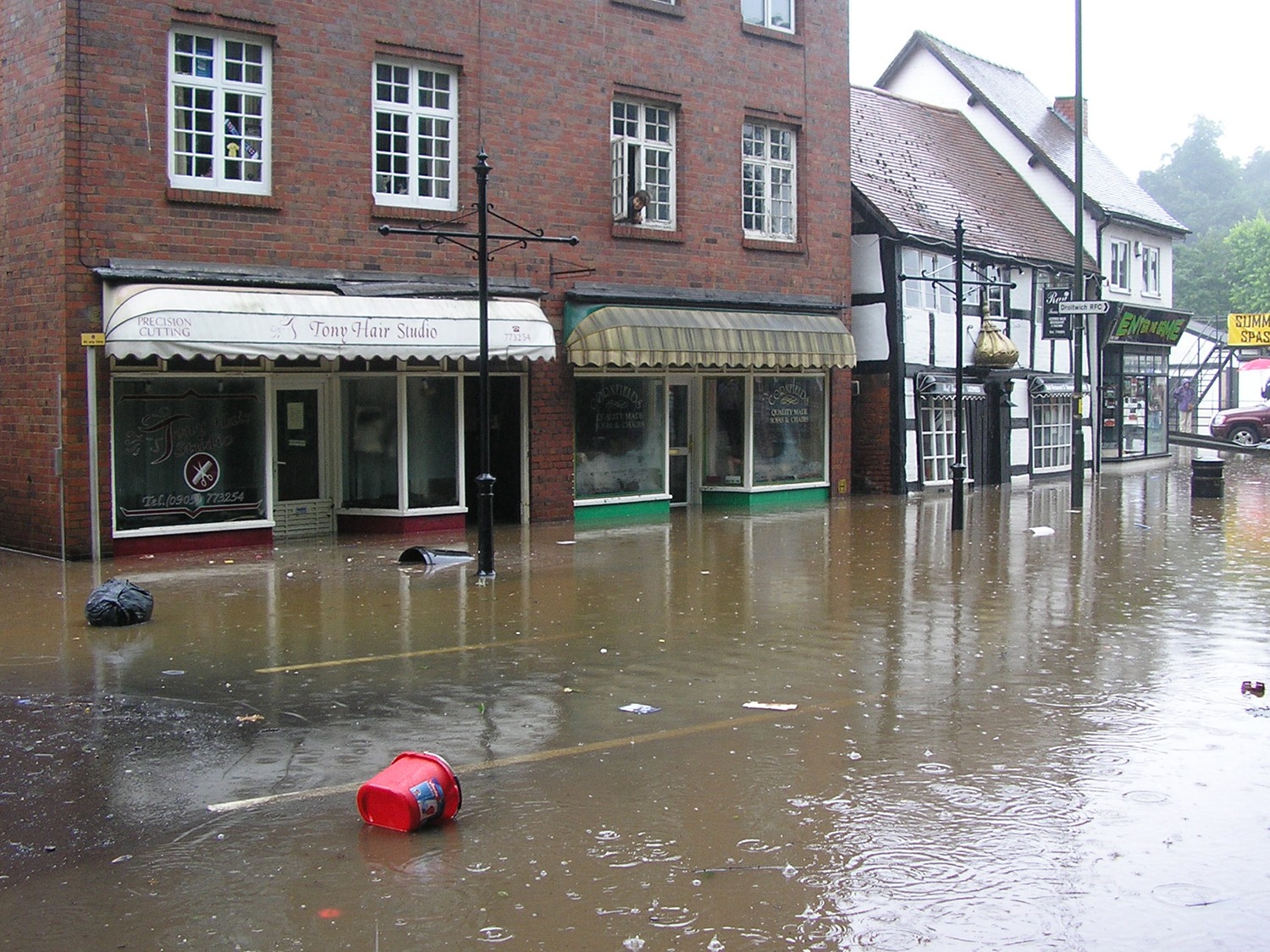“Please Don’t Make It Worse”: PRESS RELEASE
Flood Resilience Campaigner Calls for a New Code of Community Kindness During Flood Events

Surface water flooding occurs when intense rainfall overwhelms drainage systems. According to the Environment Agency, over 3 million people are at risk of surface water flooding in England alone. In my book, it’s far more than that – and the worst bit is that people don’t know they are at risk, as there is no visible river, sea, or stream to warn them of that fact. Almost anyone can be flooded from surface water. (Yes, even those who smugly tell me that they live on a hill – I’ve been in many wet homes on hills!)
The intense rainstorms we have seen in recent years can quickly overwhelm the surface water sewers and flooding can result. These ‘flash floods’ typically occur and then disappear again in a short space of time, but they can still cause devastation, if they get into our homes. The threat that climate change brings promises us that things will get worse. I believe we are all unwittingly contributing to our surface water flood risk.
I live on a normal housing estate, where most of us have paved over our front gardens and drives to create parking spaces. In London, the equivalent of 5,000 football pitches have been paved over for this reason. But by doing this we have reduced the amount of land that can absorb rain water – so when it comes, it hits the ground running (no matter how often the roadside gullies are cleaned out by our local authorities). The surface water sewers are quickly overwhelmed and flooding can result. The risk is increasing still further because of growth in urban population and the demand for more housing, with yet more land built on and paved over.
It has always been my belief that if we all took small moves to reduce our flood risk at our own property level, then collectively we could make a significant reduction to our own flood risk. At the same time, we would be ‘greening up’ and supporting nature and wildlife, which in turn could have health benefits to us all. We would all enjoy nature thriving around us, the air we breathe would be cleaner, and our mood uplifted, so what’s not to like?
When I moved into my house, one of the first things I did was to pull up the ugly paving in my garden and replace it with gravel. I also installed a water butt. (Slim line versions are readily available for smaller gardens). This only cost a few pounds, but saves money (if you’re on a metered supply) for watering the garden – and is especially good when water is scarce in the summer. Here are a few more suggestions as to what can be done to slow down the rate that rain water enters the drains: a quick web-search will easily give you more details.
The illustration below depicts my suggestions.

Surface water floods don’t tend to be too deep, so it is possible to stop the flood water from entering your home. It is also very difficult to predict, as storms are often very localised – it’s difficult to know exactly where a large cloud will ‘dump’ itself. Flood forecasting is improving all the time, but a warning may come when you are at work or on holiday. My advice would be to fit what are known as ‘passive measures’ to your home, as these will work, whether you are home or not! Self-closing airbricks use the rising water to close themselves and will prevent vast amounts of flood water from entering your home via this route. It’s also advisable to check the condition of the mortar around your bricks, as water will find its wicked way into your home by any vulnerable gaps. There are now coatings that can be painted onto your bricks, which allow the bricks to breath, but form an invisible waterproof barrier to slow the ingress of water. It is possible to replace your front and back doors with a flood resistant, ‘normal’ looking door. (Make sure you buy one that has a kitemark, as it will have been tested to BSi standards). If you are at home most of the time, then you could use an easy-to-fit kitemarked door barrier. Barriers are available for a garage too, so if you know you are going to be are away from home for a period of time, you can always fit these internally. Consider fitting a non-return valve to your drains – these will stop flooding from the foul-water sewer coming into your home, via toilets or ground-floor showers. Failing that, there are various things that can be fitted to your toilet/shower and sinks that can prevent the back flow of water. If you feel these measures are too expensive, do invest in modern sandbag alternatives. They contain a gelling polymer, which absorbs water, and they are both environmentally friendly and biodegradable.
Copyright 2022, Mary Long-Dhonau